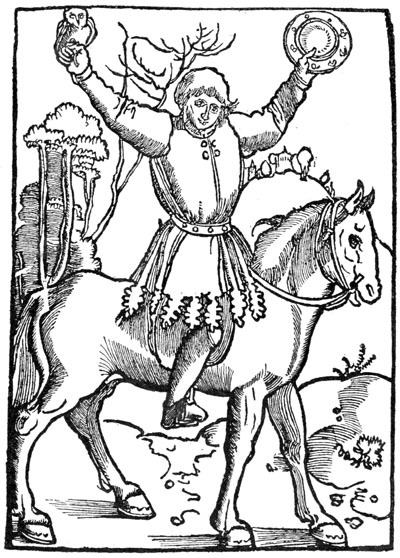http://en.wikipedia.org/wiki/Prime_meridian wrote:
<<The notion of longitude was developed by the Greek Eratosthenes (c. 276 BC – c. 195 BC) in Alexandria and Hipparchus (c. 190 BC – c. 120 BC) in Rhodes and applied to a large number of cities by the geographer Strabo (c. 63 BC – c. 24 AD). But it was Ptolemy (c. AD 90 – c. AD 168) who first used a consistent meridian for a world map in his Geographia.
Ptolemy used as his basis the "Fortunate Isles", a group of islands in the Atlantic which are usually associated with the Canary Islands (13° to 18°W), although his maps correspond more closely to the Cape Verde islands (22° to 25° W). The main point is to be comfortably west of the western tip of Africa (17.5° W) as negative numbers were not yet in use. The chief method of determining longitude at this time was by using the reported times of lunar eclipses in different countries.
Ptolemy’s Geographia was first printed with maps at Bologna in 1477 and many early globes in the 16th century followed his lead.
But there was still a hope that a "natural" basis for a prime meridian existed. Christopher Columbus reported (1493) that the compass pointed due north somewhere in mid-Atlantic and this fact was used in the important Tordesillas Treaty of 1494 which settled the territorial dispute between Spain and Portugal over newly discovered lands. The Tordesillas line was eventually settled at 370 leagues west of Cape Verde. This is shown in Diogo Ribeiro's 1529 map. São Miguel Island (25.5°W) in the Azores was still used for the same reason as late as 1594 by Christopher Saxton, although by this time it had been shown that the zero deviation line did not follow a line of longitude.
In 1541, Mercator produced his famous forty-one centimetre terrestrial globe and drew his prime meridian precisely through Fuertaventura (14°1'W) in the Canaries. His later maps used the Azores, following the magnetic hypothesis. But by the time that Ortelius produced the first modern atlas in 1570, other islands such as Cape Verde were coming into use. In his atlas longitudes were counted from 0° to 360°, not 180°W to 180°E as is common today. This practice was followed by navigators well into the eighteenth century. In 1634, Cardinal Richelieu used the westernmost island of the Canaries, Ferro, 19° 55' west of Paris, as the choice of meridian. Unfortunately, the geographer Delisle decided to round this off to 20°, so that it simply became the meridian of Paris disguised.
In the early eighteenth century the battle was on to improve the determination of longitude at sea, leading to the development of the chronometer by John Harrison. But it was the development of accurate star charts principally by the first British Astronomer Royal, John Flamsteed between 1680 and 1719 and disseminated by his successor, Edmund Halley that enabled navigators to use the lunar method of determining longitude more accurately using the octant developed by Thomas Godfrey and John Hadley. Between 1765 and 1811, Nevil Maskelyne published 49 issues of the Nautical Almanac based on the meridian of the Royal Observatory, Greenwich. "
Maskelyne's tables not only made the lunar method practicable, they also made the Greenwich meridian the universal reference point. Even the French translations of the Nautical Almanac retained Maskelyne's calculations from Greenwich—in spite of the fact that every other table in the Connaissance des Temps considered the Paris meridian as the prime." In 1884, at the International Meridian Conference held in Washington, D.C., 22 countries voted to adopt the Greenwich meridian as the prime meridian of the world. The French argued for a neutral line, mentioning the Azores and the Bering Strait but eventually abstained and continued to use the Paris meridian until 1911.>>

